Amid the trend of automation and black-boxing in many plugins, u-he plugins remain predominantly manual. Without understanding each component, users can’t achieve the desired results. This approach requires foundational knowledge and learning, which seems counterintuitive in today’s world. However, for those who cherish the joy of hands-on operation, these plugins are a great choice.
This time, I introduce u-he’s MFM2 (More Feedback Machine) delay plugin, which is the oldest effect plugin in u-he’s lineup, having been around for over 20 years since 2003. Among u-he’s products, it is also considered one of the most misunderstood and eccentric delays. With minimal safety features, proper control is left up to the user. Depending on the settings, accidents can easily happen, requiring prior knowledge, which makes it both challenging and intriguing. Recognizing this complexity, u-he later added a more user-friendly delay plugin, Colour Copy, to its lineup.
Below is the UI of MFM2, which doesn’t appear particularly approachable at first glance. As with all u-he products, understanding the structure is a necessary first step.
Delay as the Foundation of Digital Audio Processing
Delay is a fundamental element of digital audio processing. Many effects, such as chorus, flanger, and reverb, are derived from delay. Even elements that might seem unrelated, like EQ, compressors, and buffer circuits, are often built upon delay lines within their digital processing.

When a single pulse wave is input into a delay line, the resulting waveform looks as follows: the green pulse wave represents the dry sound, which is the input sound that bypasses the delay line and is output directly. Subsequent pulse waves are processed through the delay line, where feedback causes the sound to decrease in volume and repeat continuously. This is referred to as the wet sound. While delay may seem like a simple operation, it is a crucial foundational technology in digital audio processing.

In the illustration above, the delay interval is 500ms, giving the impression of a repeating sound. However, if the interval is reduced to 2.3ms, the repetition no longer sounds like an echo but instead resembles an A4 note at 440Hz. The resulting waveform looks like this.

Here are the sounds: first, a delay with a 500ms interval, which clearly feels like a repeating delay, and then one with a 2.3ms interval. The difference is striking, making it hard to believe they both come from the same delay process.
In the next experiment, I create an example that doesn’t evoke the impression of a typical delay. By delaying white noise by one sample and mixing the dry and wet signals, the resulting frequency response looks like this. While white noise normally has a flat frequency response, the result shows attenuated high frequencies, forming a gentle low-pass filter. In MFM2, being aware of such fundamental signal processing techniques is essential.
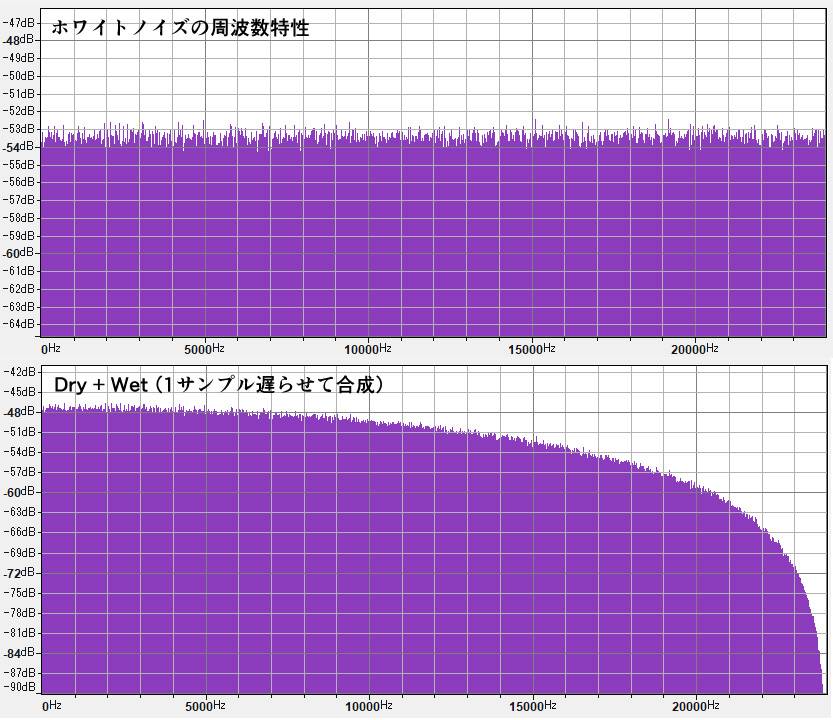
What Can Be Done with Four Delay Lines
Many delay processors handling stereo signals typically feature two delay lines. As long as you’re using them in conventional ways, this setup works well. However, MFM2 includes four delay lines, offering a bit more than usual. You can freely route these delay lines and other filters, creating various functions. It feels more like designing circuits with delay lines rather than merely using delay effects. Consequently, having a basic understanding of digital signal processing is necessary.
The diagram below shows the different features of MFM2 broken down into blocks. As a delay unit, it allows for considerable freedom in connecting and placing filters.
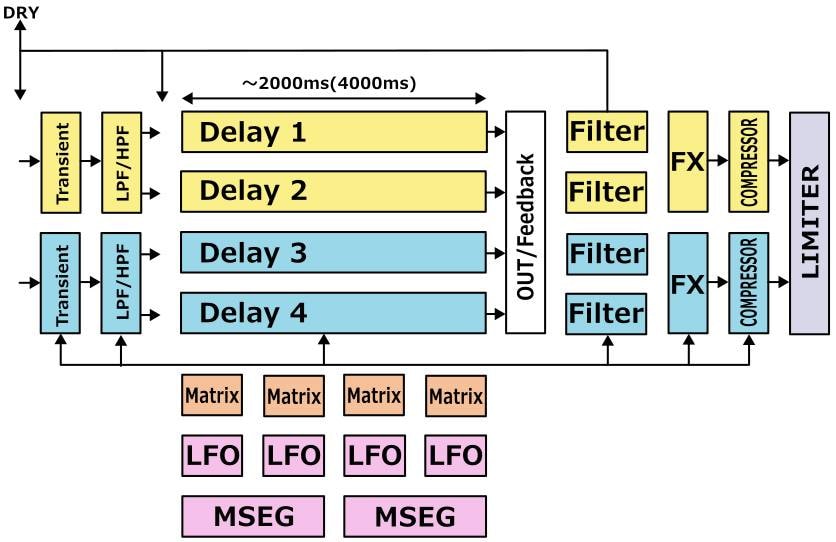
Having four delay lines might seem like a small number, but it’s an ideal count for manual experimentation. While doubling the count for stereo or increasing it as memory permits could be considered, balancing effectiveness and effort likely led to the conclusion that four is sufficient. Working within constraints often yields quicker results. Nonetheless, the following routing possibilities, particularly the matrix-style routing at the end, demonstrate that even with four lines, it’s not necessarily simple to configure.
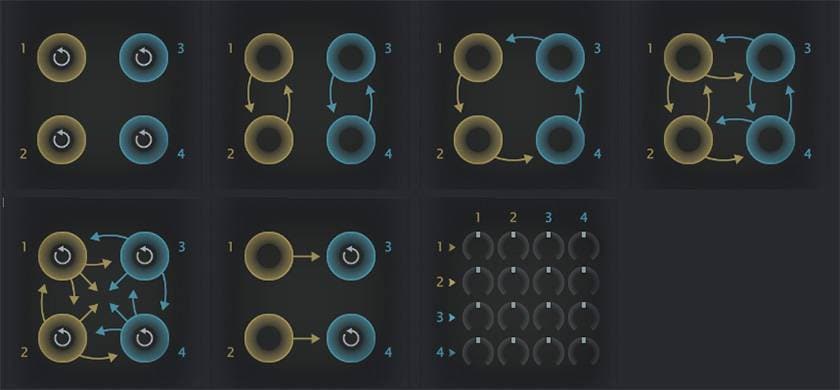
Typical effects aim to recreate familiar sound images. However, MFM2 is an experimental plugin with a strong focus on circuit design. If you’re trying to replicate a known sound, you’ll need to start by designing the circuit to achieve it, making it challenging to get quick results. On the other hand, if you're aiming for entirely new sounds, experimenting and designing circuits along the way, MFM2 becomes a reliable tool. It’s much easier than programming from scratch and feels more like building with Lego blocks. Admittedly, it’s quite niche and can be too complex for many users. Nonetheless, it’s a product that clearly showcases u-he’s distinctive style.
In the next edition, I’ll explore some unique features and uses of MFM2 that aren’t commonly found in other delays, ranging from practical applications to more experimental techniques.
The column “sound & person” is made possible by your contributions.
For more information about submissions, click here.





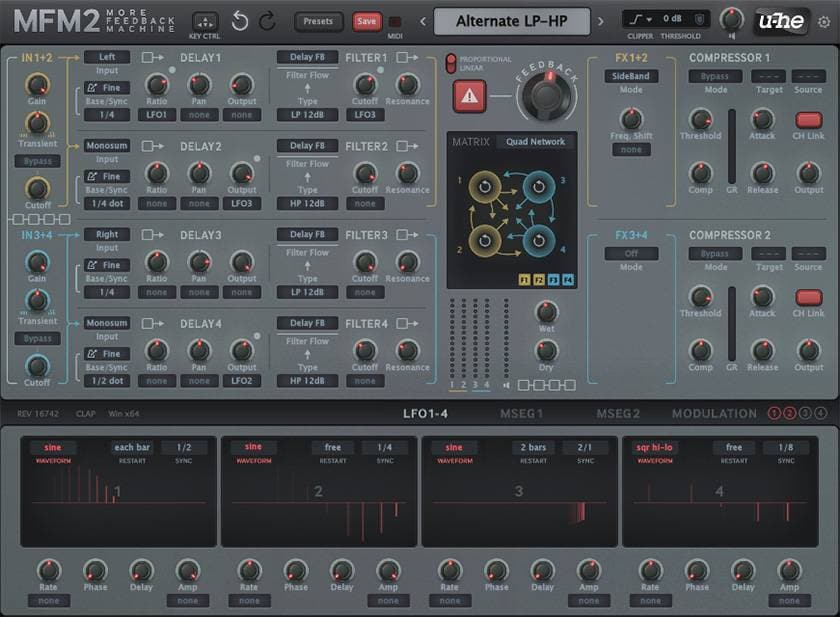

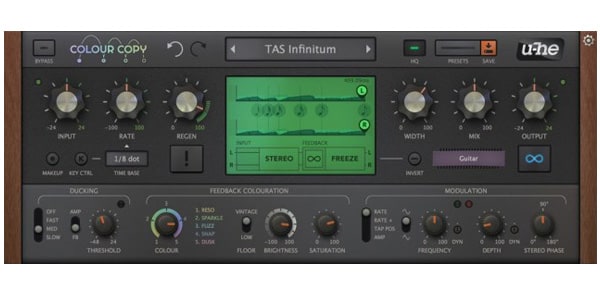
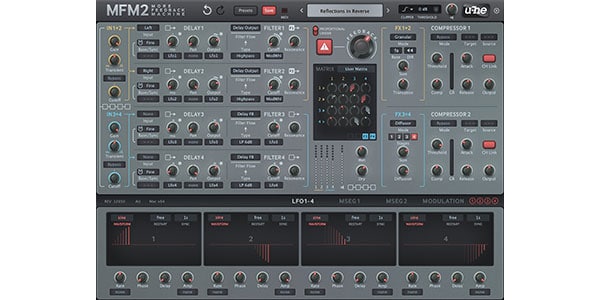





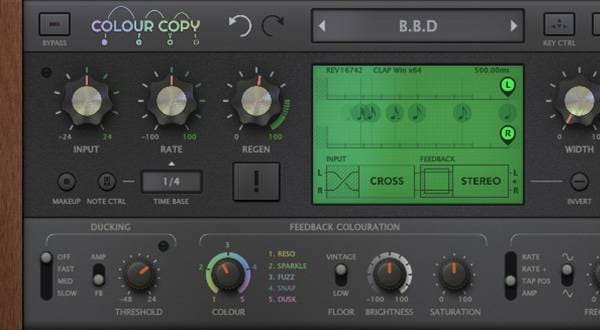
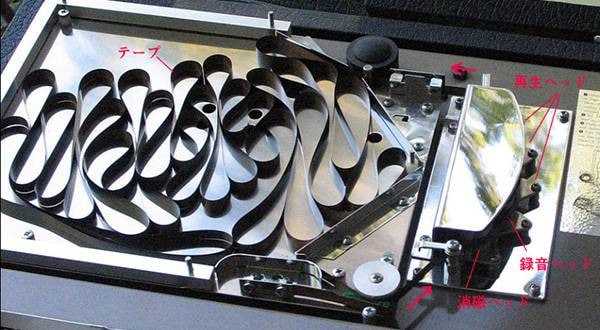
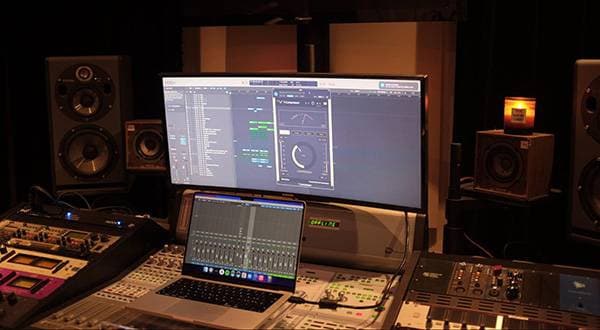
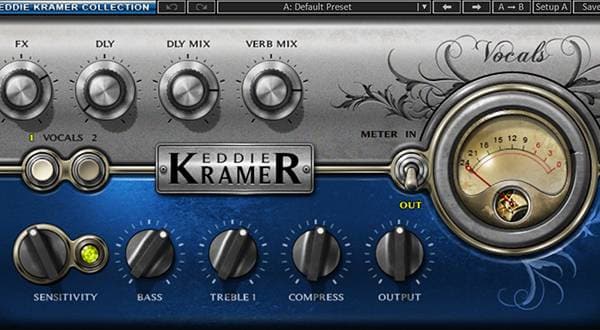

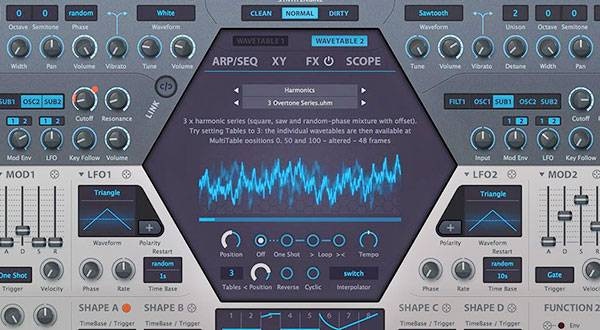
 Focusriteオーディオインターフェイスで始める音楽制作
Focusriteオーディオインターフェイスで始める音楽制作
 MIDIキーボード 入門ガイド
MIDIキーボード 入門ガイド
 DTMセール情報まとめ
DTMセール情報まとめ
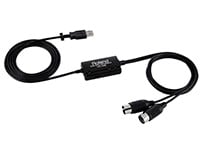 USB接続MIDIインターフェイス
USB接続MIDIインターフェイス
 USB接続対応のMIDIキーボード
USB接続対応のMIDIキーボード
 DTMに必要な機材
DTMに必要な機材















